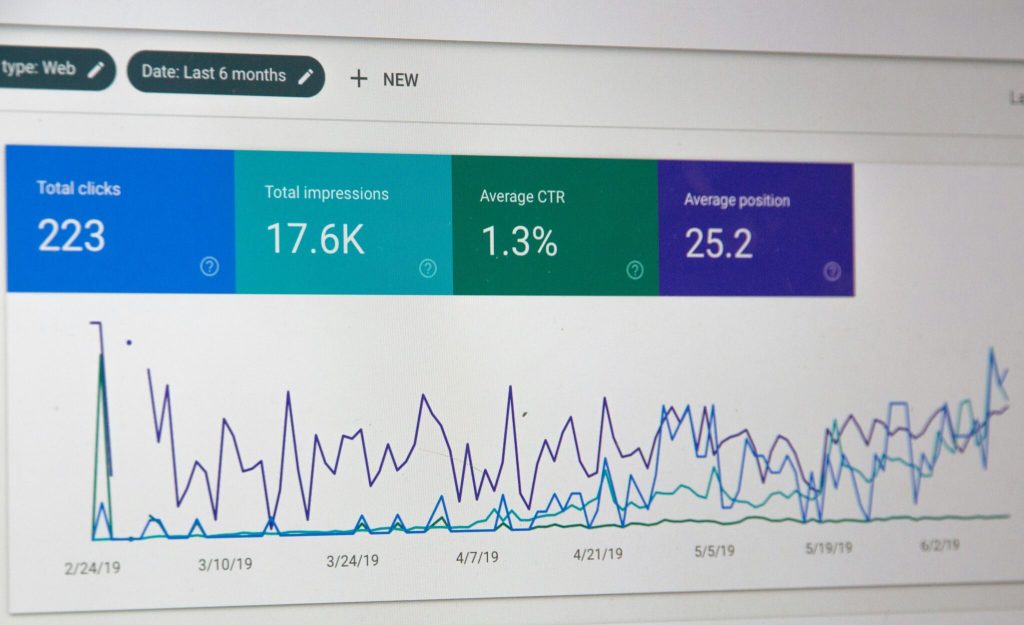Regular dropshipping often involves buying cheap products from suppliers in China, Southeast Asian countries like Vietnam, and Indonesia, and selling them at a higher price to customers in the US or Europe. Reverse dropshipping, on the other hand, flips this model.
It involves sourcing higher-priced, high-quality products made in the US, UK, or Europe and selling them to affluent customers in China without holding any inventory yourself. Products made in these regions are often perceived to have higher standards for quality, reliability, and durability, making them attractive to wealthy buyers looking for premium goods.
This innovative business model allows entrepreneurs to capitalize on the gap in markets where there’s a demand for luxury or high-quality items not readily available locally.
Understanding Reverse Dropshipping
This section guides through the intricacies of reverse dropshipping, an emerging e-commerce model that capitalizes on the demand for high-quality, Western-made products in markets like China.
Reverse Dropshipping Vs. Traditional Dropshipping
Reverse dropshipping differentiates itself from the traditional dropshipping model by flipping the standard supply chain direction. Merchants sell premium products from the US and Europe to affluent customers in China, maintaining high manufacturing standards that ensure quality, reliability, and durability without managing a stock inventory.
Key Players and Markets
Key players in the reverse dropshipping market include suppliers from the US and the UK who offer high-quality, durable products tailored to meet the demands of their Chinese clientele. These markets have seen a considerable transformation, with China’s consumer base evolving to prioritize quality over price, opening a lucrative avenue for reverse dropshipping businesses that can navigate this transcontinental commercial landscape effectively.

Pros and Cons of Reverse Dropshipping
Reverse dropshipping is an e-commerce model that presents unique opportunities and challenges for businesses.
Pros
1、Less Competition: This business model is still relatively new, so there are fewer reverse dropshipping sellers globally. This gives you a unique opportunity to tap into an emerging market and grow your business with less competition.
2、Global Market Access: Businesses engaging in reverse dropshipping can tap into a large and growing consumer base in Asia, specifically targeting the wealthy Chinese consumers looking for quality products from the West.
3、Higher Profit Margins: Due to the demand for premium goods in Asian markets, sellers often enjoy higher profit margins compared to traditional dropshipping models.
4、Easy Return Policy: With reverse dropshipping, the logistics of returns are managed by the dropshipper, not you. This simplifies the return process for customers and can lead to higher customer satisfaction.

Cons
1. Localized Marketing Strategies: Marketing to Chinese customers requires a different approach because platforms like Google Ads and Facebook Ads are blocked in China. You will need to use local marketing tools and platforms, such as Baidu and WeChat, which may require additional effort and adaptation.
2.Targeting the Right Audience: Understanding your customers is crucial for success. You need to know who your potential buyers are, what they want, and how they shop to select the right products and create effective marketing campaigns.
Setting Up a Reverse Dropshipping Business
Initiating a reverse dropshipping enterprise necessitates meticulous planning and strategic decision-making. This involves the selection of exclusive goods, securing competent suppliers, and formulating a robust business model, all aimed at serving a specific niche effectively.

Selecting High-Quality Products
The foundation for a reverse dropshipping business lies in handpicking premium products that stand out in the market. Luxury cosmetics and high-end fashion items exemplify unique and profitable categories. Businesses must conduct comprehensive market research to ensure that the products resonate with the preferences of the target market, ensuring sustainable profit margins.
Finding and Collaborating with Suppliers
Selecting suppliers from manufacturing strongholds like the UK, USA, and Canada is crucial. Engaging with multiple distributors offering identical products allows businesses to compare costs effectively. Collaborative relationships with suppliers based on trust and clarity contribute to the longevity and efficiency of a reverse dropshipping business.
Building an Effective Business Plan
An effective business plan for reverse dropshipping must detail the what, when, and how of operational execution.

- Translate Languages
Once your website is set up, consider translating it into the local language of your target audience. Most of your potential customers in China may not be fluent in English, so translating your content into Mandarin (or other relevant local languages) is essential. This includes product descriptions, customer service information, and any other content that will help create a seamless shopping experience for your customers.
- Partnering with Local Influencers
Influencer marketing is highly effective in China. Collaborate with local influencers who have a strong following among your target audience. These influencers can help promote your products, build brand credibility, and drive sales. Choose influencers whose followers align with your target market for the best results.
Operational Challenges and Solutions
Navigating the complexities of reverse dropshipping involves confronting a set of operational challenges. Effective solutions in logistics coordination, customer service management, and adherence to legal frameworks are pivotal for the sustainability of this business model.
Logistics and Shipping Times
In reverse dropshipping, logistics can become intricate due to longer shipping times from suppliers to customers. Efficient management involves partnering with reliable logistics providers and setting clear delivery timeframes to maintain customer satisfaction. Companies can also explore regional warehousing to reduce transit times.
Managing Customer Service and Returns
Customer service can be challenging, especially with returns. Establishing a clear return policy and maintaining responsive support mitigates the impact of these issues. Overcoming the language barrier may involve hiring multilingual support staff or using translation services.
Adhering to Legal Requirements and Regulations
Companies must ensure they comply with relevant laws and regulations in every market. This includes understanding and incorporating appropriate tariffs and tax laws into their business operations. Regular audits and consultations with legal experts can safeguard businesses against non-compliance risks.

Marketing and Growth Strategies
Successful reverse dropshipping hinges on strategic marketing efforts that ensure visibility and engagement with the target audience. Growth is achieved through meticulously planned, executed, and optimized marketing strategies that effectively utilize various channels, cementing a strong brand identity.
Leveraging SEO and Social Media Channels
To tap into the potential of organic reach, businesses must prioritize Search Engine Optimization (SEO). By optimizing their online content with relevant keywords, they enhance their visibility in search engine results. On parallel tracks, social media platforms serve as crucial conduits for establishing connections with the audience. Platforms like Facebook, Instagram, and Pinterest allow businesses to engage users with compelling content and paid advertisements.
Implementing a Multichannel Marketing Approach
A multichannel marketing approach broadens the reach beyond a single avenue. This strategy could include:
- Email campaigns that deliver personalized content to subscribers.
- Pay-Per-Click (PPC) advertising to drive immediate traffic.
- Collaboration with influencers who can tap into niche markets.
By attacking on multiple fronts, businesses ensure they meet their audience wherever they are, maximizing their potential for growth.
